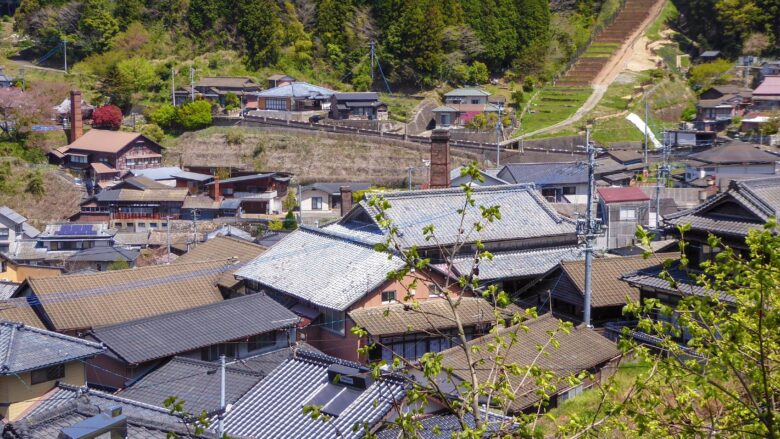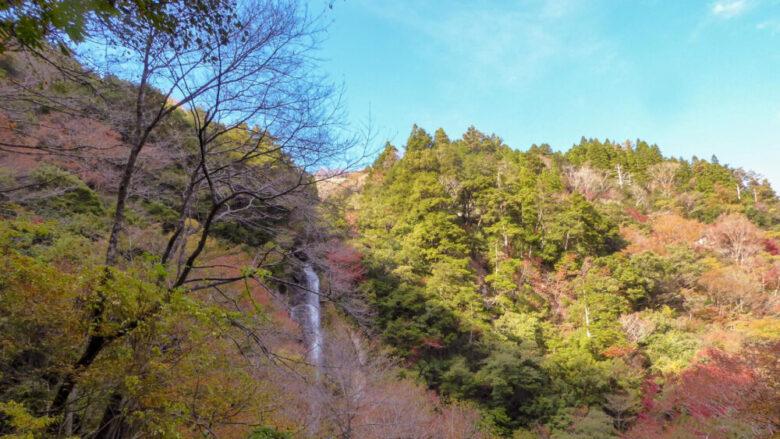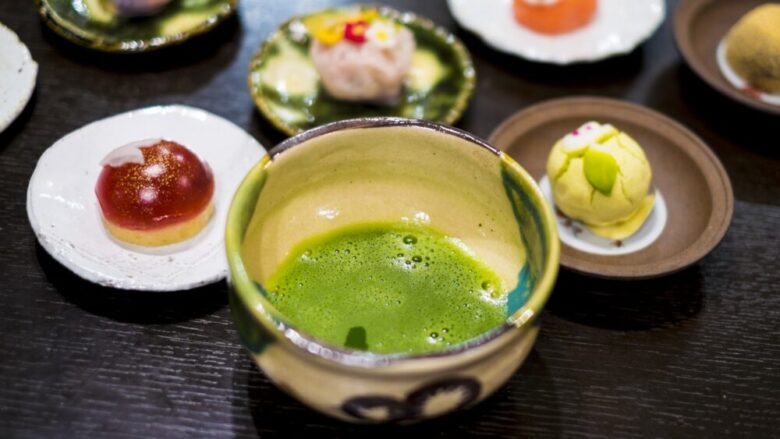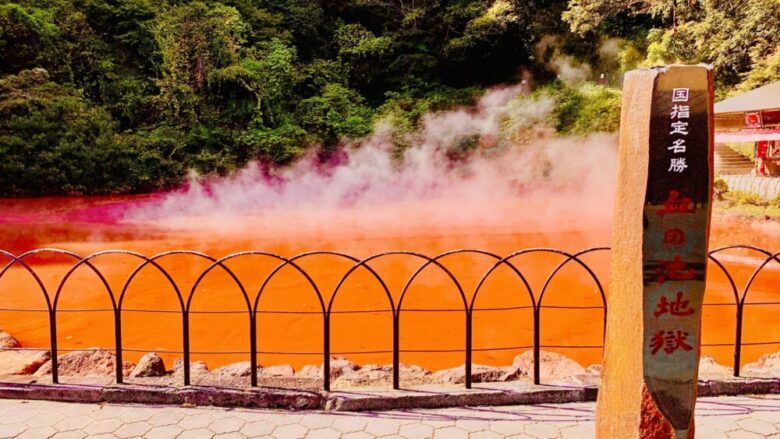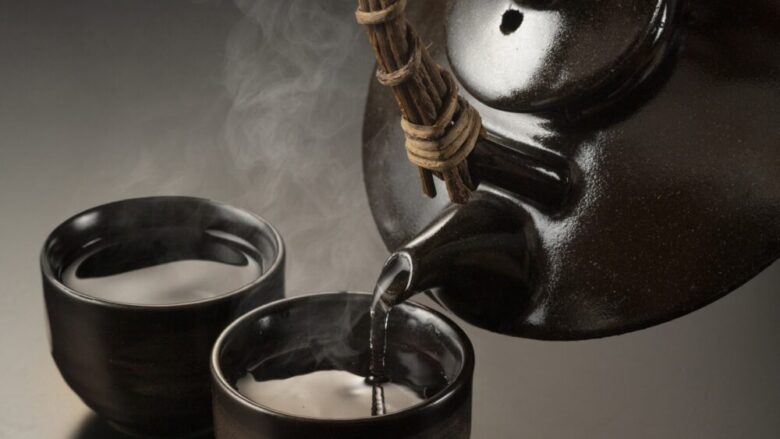Discover the charm of Kyushu pottery in serene Japanese villages. Perfect for those seeking a unique countryside journey away from overtourism.
History of Kyushu pottery
Kyushu, the southernmost of Japan’s four main islands, is renowned for its rich pottery traditions. Nestled in serene countryside villages, Kyushu offers a unique and authentic experience for pottery enthusiasts and those seeking a peaceful getaway away from the bustling city life.
Kyushu pottery has a long and storied history, dating back centuries. The region is home to a variety of kilns and workshops where traditional pottery techniques have been passed down from generation to generation. One of the most famous pottery traditions in Kyushu is Imariware, which originated in the town of Arita in Saga Prefecture. Imari ware is known for its vibrant colors and intricate designs, often featuring motifs inspired by nature and traditional Japanese art. The town of Arita has been producing pottery for over 400 years and is considered the birthplace of porcelain in Japan.
Another notable pottery style in Kyushu is Karatsu ware, which originated in the town of Karatsu in Saga Prefecture. Known for its rustic and simple beauty, Karatsu ware is characterized by its unglazed surfaces and natural earth tones. The pottery is often decorated with simple yet elegant designs, reflecting the aesthetics of wabi-sabi, the Japanese concept of finding beauty in imperfection.
Japanese Countryside Experience in Kyushu pottery villages
Embarking on a journey to the pottery villages of Kyushu is like stepping back in time to experience the true essence of Japanese countryside living. These serene villages offer a unique and authentic experience, far away from the overcrowded tourist spots.
As you venture into the countryside, you’ll be greeted by picturesque landscapes, with lush green fields, rolling hills, and traditional Japanese architecture. The air is fresh and invigorating, allowing you to unwind and reconnect with nature.
In these tranquil villages, you’ll find a myriad of pottery workshops and kilns where artisans practice their craft. You can witness the pottery-making process up close, from shaping the clay to firing the kiln.
The Kyushu pottery village guided by INAKAdventure
The Kyushu pottery village guided by INAKAdventure is characterized by its ability to allow visitors to escape the hustle and bustle of overtourism and leisurely enjoy Japan’s tranquil natural scenery.
Koishiwara-yaki pottery village
Koishiwara-yaki is a pottery technique where patterns are systematically carved using the tip of a blade or a brush while the vessel is turned on a potter’s wheel, giving it a warm and inviting appearance.
The Koishiwara region is a naturally rich area surrounded by mountains around 1000 meters above sea level, featuring terraced rice fields, thatched-roof houses, and a serene Japanese countryside landscape. With over 50 kilns currently in operation, each equipped with galleries, visitors can appreciate the unique artistic styles of different artisans.
Takeo-yaki pottery village
Takeo-yaki is a type of pottery made in Takeo City, Saga Prefecture, Kyushu. It is characterized by the presence of both “pottery” in earthy tea tones that highlight the natural clay colors and “porcelain” that shines in white. Near the kiln area, there are hot springs available, and visitors can enjoy specialty dishes such as Saga beef and Wakakusu pork.
Shodai-yaki pottery village
Shodai-yaki, produced in the northern part of Kumamoto Prefecture including Arao City, Nankan Town, and Kumamoto City, is known for its rustic and robust style created using iron-rich Koishiwara clay. The kilns are located at the foot of the mountains where hiking trails are well maintained, allowing visitors to enjoy hiking as well.
Unmasking the Secrets of Karatsu Ware in Kyushu: Pottery Adventure
Get ready to embark on a pottery adventure like no other as we unveil the hidden secrets of Karatsu Ware. This unique form of pottery, rooted in rich history and bursting with cultural significance, will surely captivate your senses and ignite your creative spirit.
Let's enjoy the Japanese countryside at the quiet pottery village in Kyushu
Of course, there are pottery villages in various locations throughout Japan, but what INAKAdventure guides you through is a village in Kyushu where you can leisurely enjoy the local townscapes and landscapes. It can be challenging to visit such pottery villages individually, and even if you manage to go, you might not know what to do or where to find information about pottery. This could make it difficult to enjoy the experience.
When visiting pottery villages in Kyushu like this, it is essential to consider travel time, making it advisable to consult from the planning stage. Please feel free to contact INAKAdventure, where guides with extensive knowledge of Kyushu are available.

